Increased Focus on Safety and Security
Safety and security concerns are pivotal drivers in the outdoor lighting market. Well-lit outdoor areas deter criminal activity and enhance the safety of residential and commercial properties. According to recent studies, properties with adequate outdoor lighting can reduce crime rates by approximately 20%. This growing awareness among property owners is prompting investments in outdoor lighting solutions that provide better visibility and security. Additionally, municipalities are increasingly implementing outdoor lighting initiatives to improve public safety in urban areas. As a result, the outdoor lighting market is likely to see a rise in demand for robust and reliable lighting solutions that address these safety concerns.
Technological Advancements in Lighting
The outdoor lighting market is experiencing a surge in technological advancements, particularly with the integration of LED technology. LEDs are known for their energy efficiency, longevity, and reduced maintenance costs. In fact, the adoption of LED lighting has been reported to reduce energy consumption by up to 75% compared to traditional lighting solutions. This shift not only lowers operational costs for consumers but also aligns with the growing demand for sustainable practices. Furthermore, smart lighting systems, which allow for remote control and automation, are becoming increasingly popular. These innovations are likely to drive growth in the outdoor lighting market, as consumers seek to enhance their outdoor spaces while minimizing energy usage.
Environmental Regulations and Standards
The outdoor lighting market is influenced by stringent environmental regulations and standards aimed at reducing light pollution and energy consumption. Regulatory bodies are implementing guidelines that encourage the use of energy-efficient lighting solutions, such as LEDs, which are compliant with these standards. This regulatory environment is fostering innovation within the outdoor lighting market, as manufacturers strive to develop products that meet these requirements. Additionally, compliance with these regulations can lead to financial incentives for consumers, further driving the adoption of sustainable lighting solutions. As such, the outdoor lighting market is likely to see a shift towards products that not only meet regulatory standards but also appeal to environmentally conscious consumers.
Growing Demand for Aesthetic Outdoor Spaces
The desire for aesthetically pleasing outdoor environments is a significant driver in the outdoor lighting market. Homeowners and businesses alike are increasingly investing in outdoor lighting to enhance the visual appeal of their properties. This trend is particularly evident in landscaping and architectural lighting, where creative lighting designs can transform outdoor spaces into inviting areas for relaxation and entertainment. The outdoor lighting market is responding to this demand by offering a variety of decorative lighting options, including string lights, lanterns, and spotlights. As consumers prioritize outdoor aesthetics, the market is expected to grow, with an emphasis on innovative designs that complement outdoor living spaces.
Urbanization and Infrastructure Development
The ongoing trend of urbanization in the US is significantly impacting the outdoor lighting market. As cities expand and new infrastructure projects emerge, the need for effective outdoor lighting solutions becomes paramount. Urban areas are increasingly investing in modern lighting systems to enhance public spaces, parks, and roadways. This investment is not only aimed at improving aesthetics but also at ensuring safety and functionality. The outdoor lighting market is projected to benefit from these developments, with an estimated growth rate of 6% annually over the next five years. This growth is indicative of the increasing recognition of outdoor lighting as a critical component of urban planning.

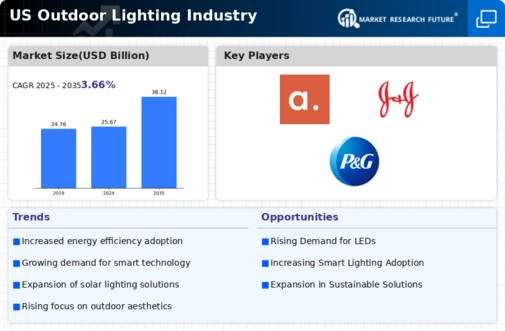
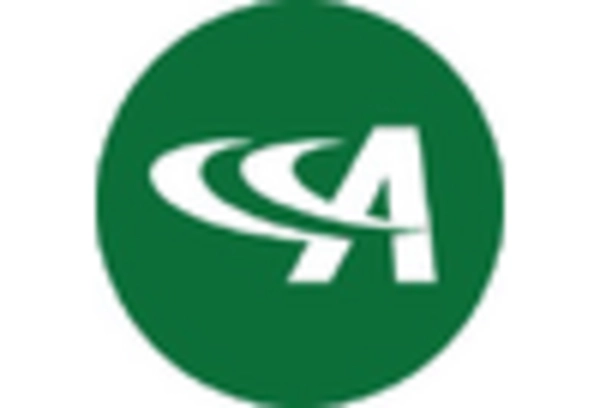

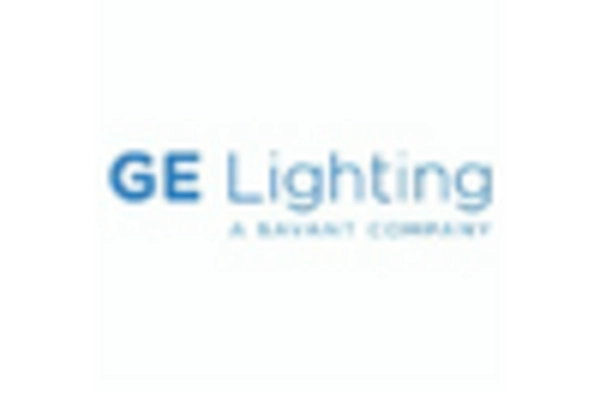
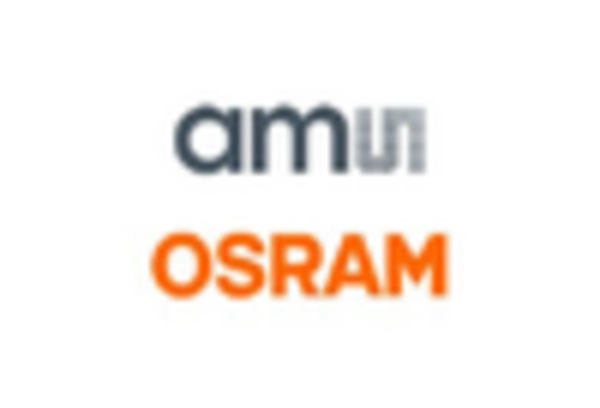
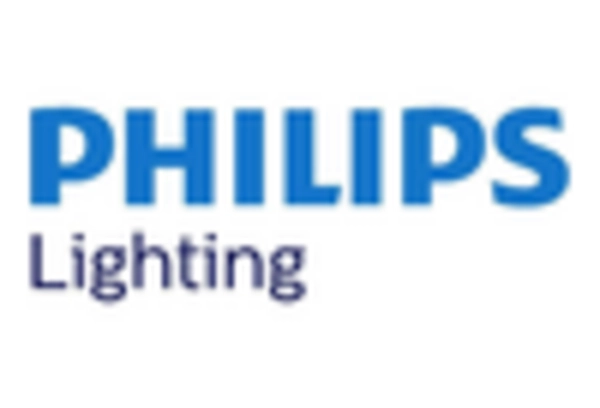









Leave a Comment